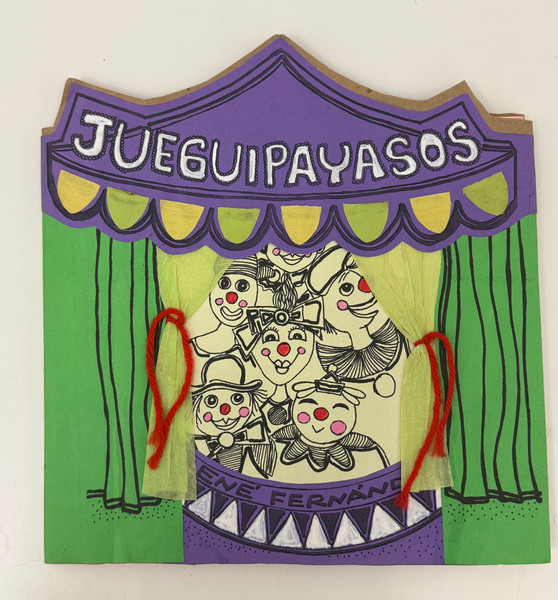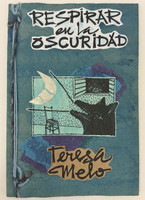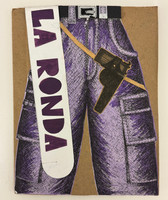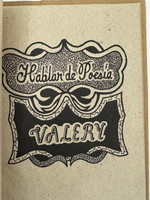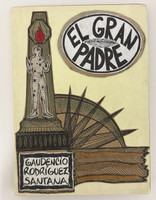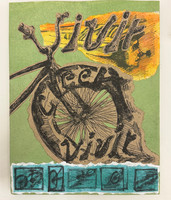- Travel
-
Exhibits
- La Portada Cubana
- Immortal Cuba: Artists Take on Their Heroes
- Seattle Poster Exhibit
- Sandra Dooley & Alejandrina Cué
- The Art of Wayacón
- Cuban Folk Art
- Cuba In Black And White
- 25 Years of Cuban Art Space
- Summer Folk Art Expo
- ¡SPRING AWAKENING FROM CUBA!
- Celebrating The Art Of Cuban Women
- Celebrating Paper, Affordable Art from Cuba
- Art of the Revolution
- Outsider Art
- Lost and Found
- En la lucha: Celebrating Cuban Women and Their Art
- Cuban Art Stash
- 100 Fires: 5 Cienfuegos Artists' Work on Paper
- Waya + Monte! Magic Realism in Cienfuegos
- Viva Cuba Viva! Poster Show
- Cultivando Sueños
- Black Lives Matter in Cuba Jan 9-March 27
- Leandro Soto: Crónicas visuales
- Cuban Canvas
-
Archive
- Global Reflection 2018: Spirit and Community
- Exhibit in the cloud: Contemporary Works on Paper
- MADE IN CUBA! MINNEAPOLIS EXHIBIT
- Cuban Posters and Photography from CCS collection
- AUTUMN SALE! Sept/Oct 2017
- SPRING ARTS AND CRAFT SALE
- Vuelo Directo/Non Stop: Alberto & Alejandro Lescay
- The Many Faces of Fidel
- Somos
- Made in Cuba!
- The US empire in Cuban graphics
- Made in Cuba/Seattle exhibit
- Entre Nos
- Looking Back
- Cuban Art Space
- Membership/Donate
- About Us
- Cuba News
-
Arneldy Cejas's exuberant cover design for "Jueguipayasos" transforms the book itself into a theatrical performance space. The cover is die-cut into the shape of a circus tent or puppet theater stage, featuring a purple scalloped awning with the title "JUEGUIPAYASOS" in bold white letters outlined in black. Below the awning, yellow and lime-green semi-circular bunting decorates the proscenium, while green curtains frame the sides. At center stage, five cheerful clown or puppet figures—rendered in simple black line drawings with rosy cheeks—cluster together in a circular spotlight, their bodies forming a pyramid of joy. The composition bears the banner "RENE FERNANDEZ" at the bottom. Two red yarn tassels dangle from the sides like theater ropes, adding dimensional texture. The entire construction is mounted on kraft cardboard, with the shaped cover creating a three-dimensional object that children can hold and manipulate like a toy theater.
René Fernández Santana (born Matanzas, 1944) is an artistic director, choreographer, and dramaturg—one of Cuba's most prominent dramatic authors for professional puppet theater companies and children's theater groups. He has been instrumental in the significant contributions that the PAPALOTE theater group has made to Cuban puppet theater tradition, and is considered one of the outstanding personalities of the Cuban Children's Theater Movement. "Jueguipayasos" (a playful neologism combining "juego" (game/play) and "payasos" (clowns)) presents his poems and theatrical sketches designed to distinguish clowns from manufactured dolls and illuminate manufactured dolls from clowns.
Published by Ediciones Vigía in June 2004 as part of the "Colección del San Juan," this edition of 200 copies was hand-manufactured and illuminated by the collective team: Estela Ación, Ibis Arias, Tosmey Barbier, Ana María Coto, Álida Fernández, Lissette Martínez, Gladys Mederos, José R. Guevara, Leticia Fernández, Maricel Ruiz, Laura Ruiz, and Abilia Tellería. The book's interior pages alternate between pink, white, and other colored papers, each framed with decorative borders of patterned triangles. Cejas's design philosophy—celebrating textiles, recycled and industrial papers of diverse colors and textures—perfectly suits this children's theater book that blurs boundaries between book, toy, and performance object, inviting young readers to engage with theater as a living, playful art form.
-
-
Discover More at the Center for Cuban Studies

